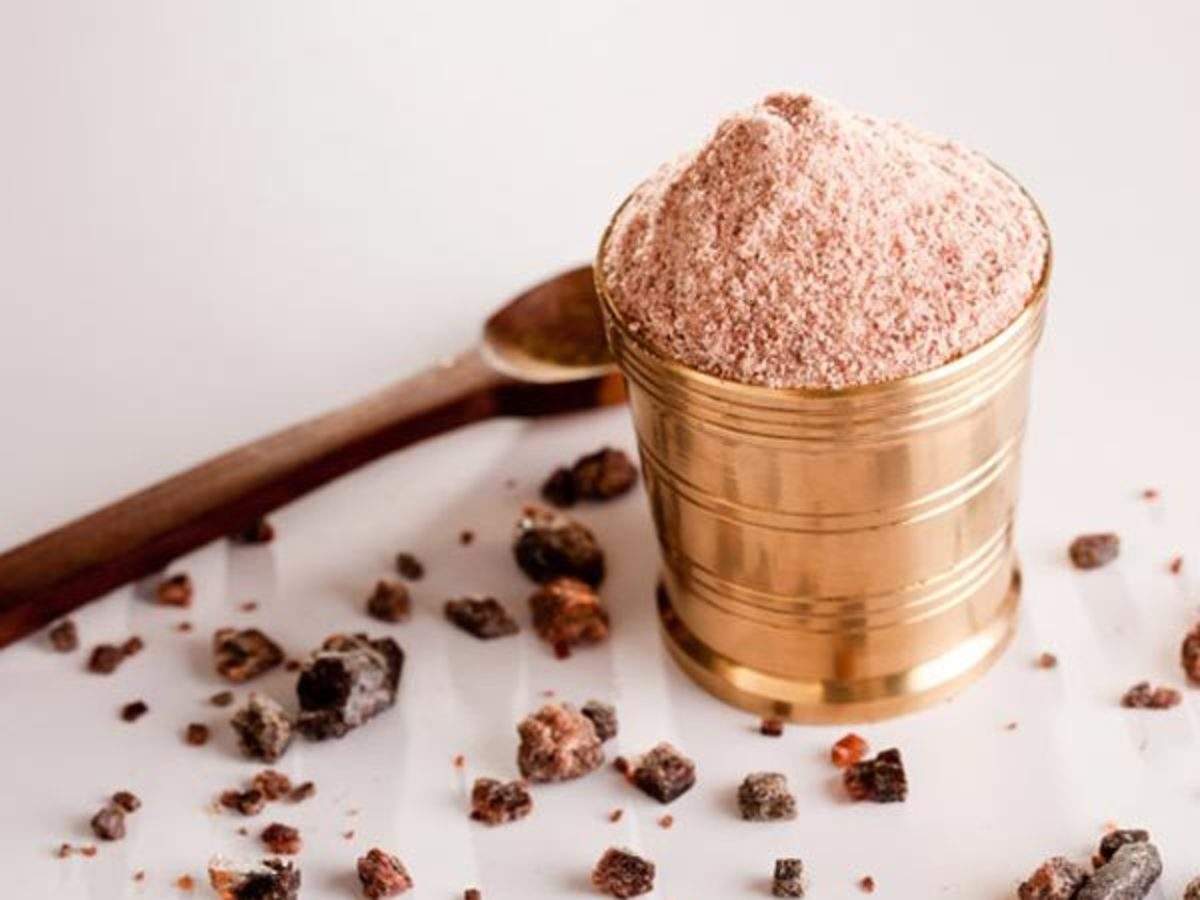- MOST RECENT
obzor (2455)

 9.12.2020
9.12.2020 Any chef worth their salt (pun intended) would master the art of seasoning their dish with it. After all, it is that one ingredient that could make or break a dish. Those who have been victims of under salted and over salted dishes know the importance of this humble addition. But did you know that there are multiple types of edible salts, especially rock salt? As different rock salt sources and types gain prominence, let’s take a look at everything you should know about rock salt:

Typically, rock salt is extracted from underground salt mines. These salt mine deposits are a result of ancient water bodies that were once present on the earth’s surface. Through the slow process of sedimentation, the water body with heavy salt concentration eventually died, leaving behind rock salt as a mineral.
It is scientifically known as halite and possesses several advantages, some of which include:
As stated previously, different types of rock salt have varying sources, flavours, and uses. Let’s check these out:
Major Himalayan Pink Rock Salt Source: Khewra Salt Mines, Punjab province of Pakistan
Common Uses: Cooking, baking, spa treatment, and finishing.

Himalayan Pink salt gains its characteristic rusty, pink colour from the from ivory and iron oxide traces present in the salt. As one of the purest forms of salt, Himalayan Pink Salt is rich in 84 essential minerals like iron, calcium, magnesium, and potassium. This highly complex mineral composition also imparts bold flavours to the salt. Due to its high heat tolerance, it finds other applications in spa treatments and Himalayan Pink salt lamps.
Major Koshering Rock Salt Source: Dead Sea (originally) and Michigan and Illinois in the US
Common Uses: Cooking, baking, curing of meats, finishing, and table-use.

Koshering salt was primarily used by the Jews to cure meats and cook food according to the laws of the Torah. There has been a significant shift towards koshering salt due to its low sodium content and defined salt crystals. The coarse, uneven grains offer a crunchy and briny texture, which makes it favourable for baking.
Major Curing Rock Salt Source: Prague
Common Uses: Curing and brining of meats.

Curing salts remove all kinds of toxins and moisture from meats before preserving or cooking it. Additionally, it also enhances the flavour of meats. These salts are mixed with nitrates and nitrites for increasing its efficacy in improving the shelf life of meat. Cured meat may also be subject to treatments, such as smoking, spicing, and dehydration.
Major Black Rock Salt Source: India, Nepal, and Bangladesh
Common Uses: Cooking and table-use.

Kala namak has a characteristic pungent, sulphurous aroma and a deep flavour derived from the charcoal, herbs, bark, and seeds that are mixed with Himalayan pink rock salt. This mixture is sealed in a ceramic container and introduced in a furnace for 24 hours. The ageing process adds more personality to its flavour profile.
Rock salts are an excellent alternative to refined table salt. While their chemical composition is the same, rock salts are rich in minerals that make them exceptionally healthy. However, if you want to take its health factor up a few notches, then consider using organic rock salt. Organic rock salts are free from any chemicals and can add a dash of flavour and health to your meals!
Try 24 Mantra Organic’s Himalayan Rock Salt and savour the taste of organic goodness.